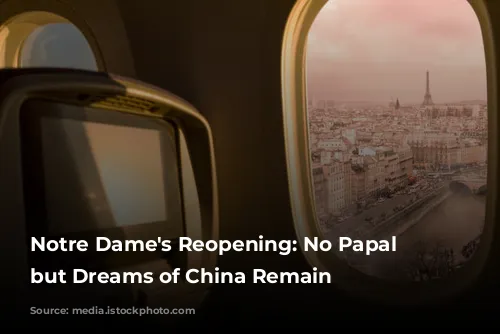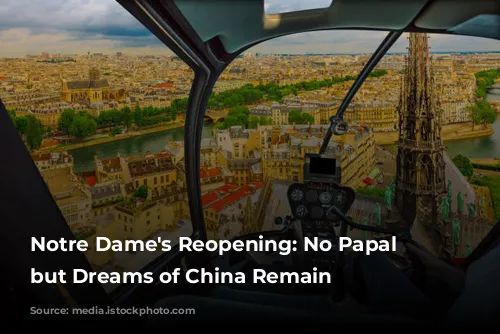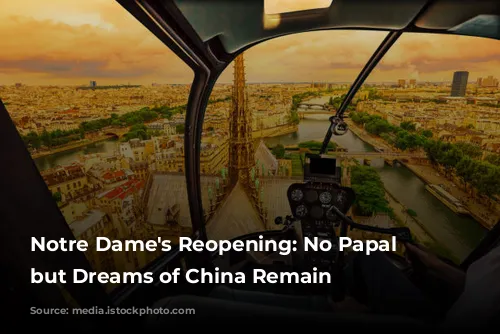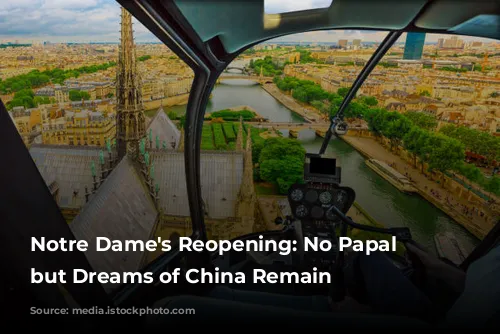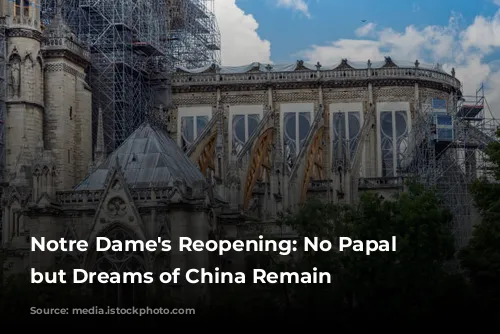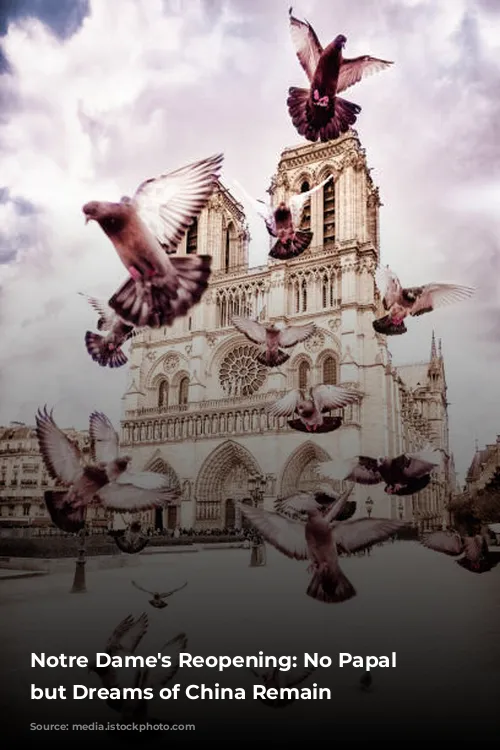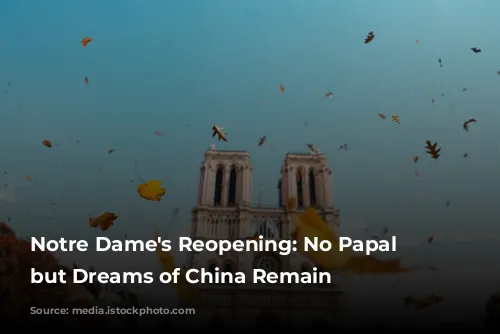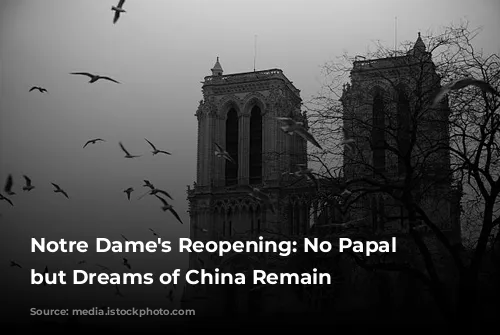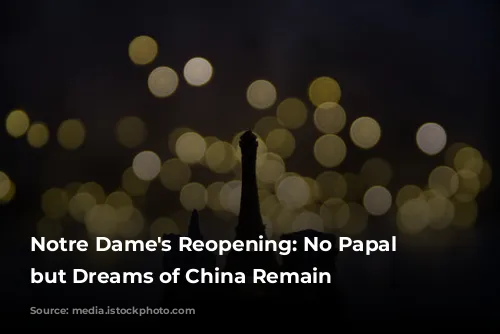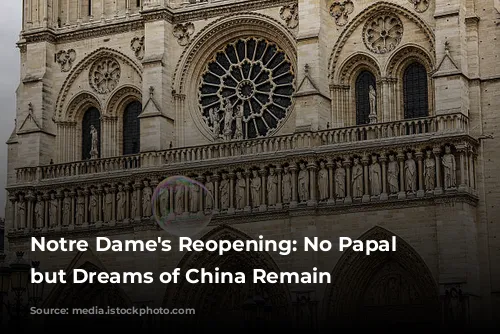Pope Francis will not be attending the grand reopening of Notre Dame Cathedral in Paris, despite an invitation from French President Emmanuel Macron. This news came as a surprise, as the event is anticipated to be a major celebration for the city and the world.
During an in-flight press conference on September 13th, the Pope definitively stated, “I will not go to Paris!” He is instead expected to visit the Canary Islands, focusing on supporting the migrant population. Additionally, he expressed a desire to return to his homeland, Argentina, but no concrete plans have been made.
While disappointed about missing the Notre Dame reopening, the Pope remains hopeful for future travels. He highlighted his strong desire to visit China, stating, “It’s a great country.” This dream reflects the Pope’s commitment to fostering global understanding and dialogue.
The Pope’s decision not to attend the Notre Dame reopening emphasizes his focus on other pressing global concerns. While he recognizes the historical significance of the cathedral, he prioritizes outreach to vulnerable communities and exploring new territories for greater understanding.
Notre Dame: A Legacy Restored
The Notre Dame Cathedral in Paris, a symbol of French history and architecture, suffered a devastating fire in 2019. The inferno ravaged the 315-foot-tall oak spire and timber roof, leaving behind a charred shell of the eight-centuries-old structure. Thankfully, major relics, including a piece of Christ’s crown of thorns, were swiftly removed from the cathedral before the flames engulfed the building.
While the initial investigation suggested an electrical malfunction caused the fire, the possibility of arson was initially considered. The blaze ignited a global debate on the future of the cathedral – should it be meticulously restored to its pre-fire glory or embrace modern architectural flourishes?
The French Parliament intervened, enacting a law requiring the reconstruction to honor the original structure’s “historic, artistic, and architectural interest.” Though the spire was a 19th-century addition, it was decided to rebuild it as a replica of the original. This decision sparked controversy, with some advocating for a more contemporary design.
A Resurgent Symbol: Notre Dame’s Rebirth
Despite the controversy, the Friends of Notre Dame de Paris, a non-profit organization dedicated to the restoration, is ensuring the spire is constructed with traditional materials. The new spire, crafted from an oak framework covered in lead, mirrors the structure’s historical aesthetic.
The cathedral’s original construction, which began in 1160, spanned nearly two centuries. While the majority of the work was completed by 1260, its grand opening was not held until 1345. This testament to the monumental task of rebuilding reflects the immense effort being undertaken in restoring this iconic landmark.
As the date for Notre Dame’s reopening approaches, the world watches with anticipation. The cathedral’s resurrection symbolizes resilience and a commitment to preserving cultural heritage. Although the Pope will not be present, his focus on other crucial matters, including global dialogue and supporting vulnerable communities, reflects his dedication to making the world a better place.
